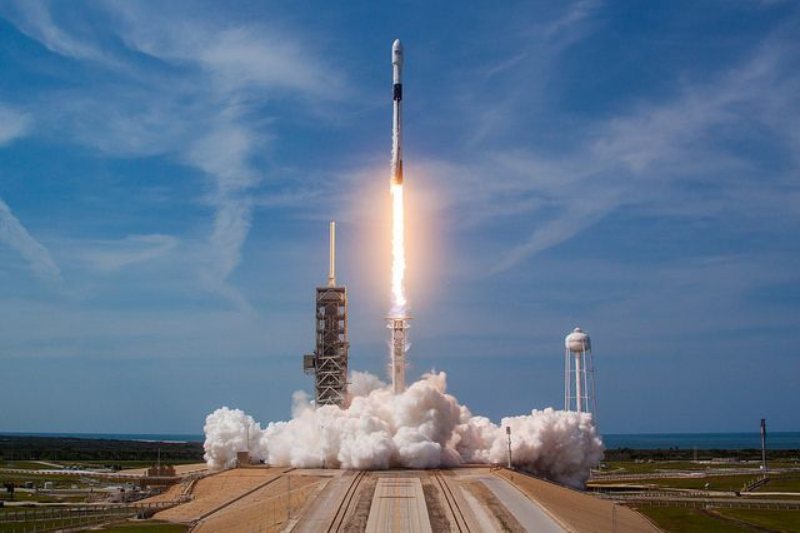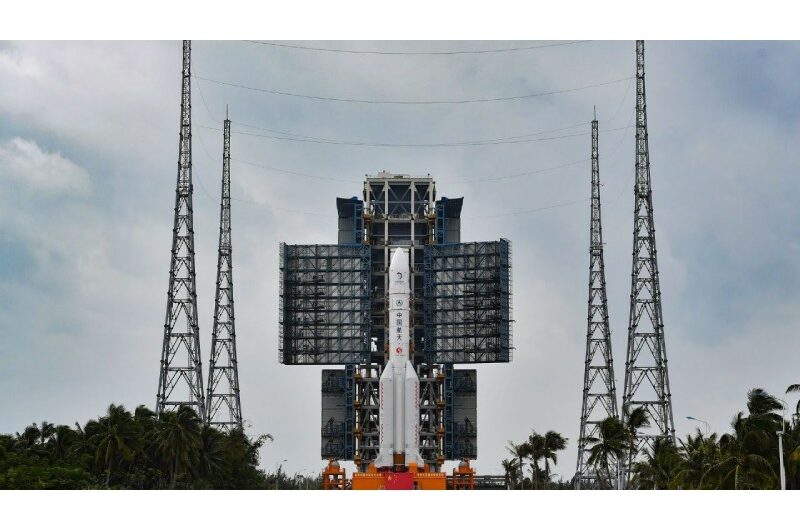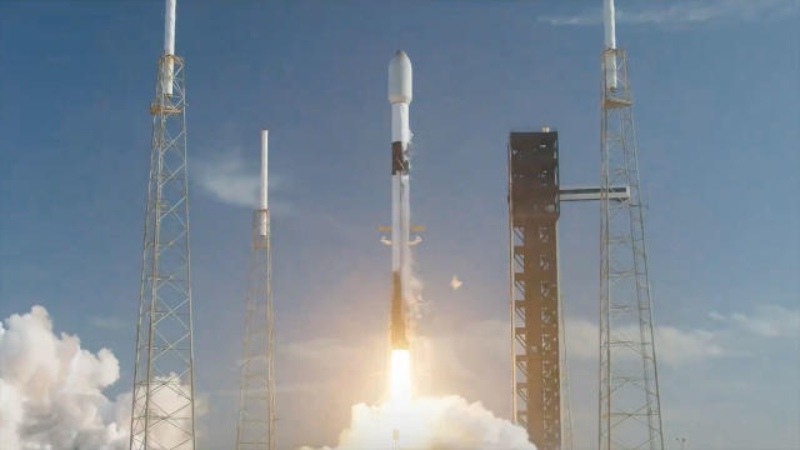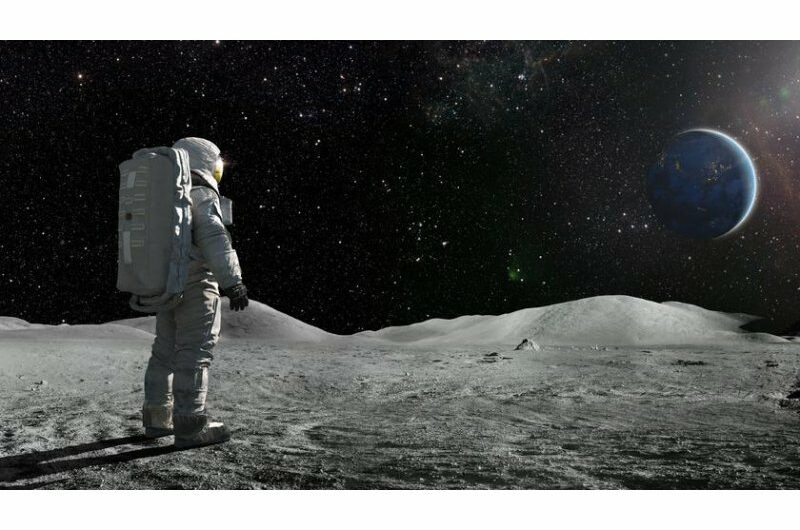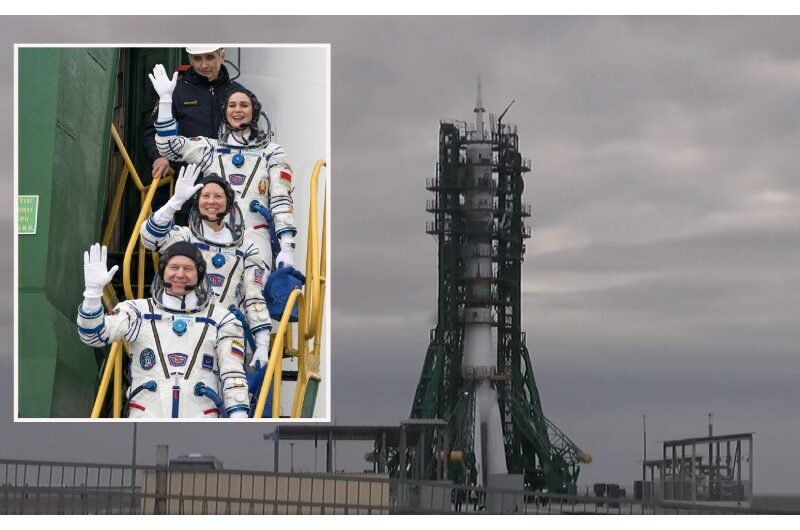On Saturday night, SpaceX launched a Falcon 9 rocket from the Californian space force base of Vandenberg.
At 7:25 p.m., the rocket took off, and hundreds of miles could be seen. 21 Starlink satellites total, six of which had Direct to Cell capabilities, had to be sent into orbit for the operation to succeed.
The Falcon started its vertical launch and proceeded to climb into orbit while making a progressive rotation. After liftoff, the Falcon’s reusable booster stage separated and returned to land precisely on the spaceport drone ship “Of Course I Still Love You,” which is positioned in the Pacific Ocean.
This specific Falcon 9 rocket’s first-stage booster had already accomplished six liftoffs. Prior to this, the boosters launched one Starlink mission, CRS-29, PACE, Transporter-10, and Crew-7.
SpaceX’s Starlink satellite network aims to provide affordable internet access to isolated and rural areas.
Starlink now has over 6,000 operational satellites circling the Earth at a height of approximately 342 miles, following earlier successful launches. The business wants to create a massive network of broadband satellites all across the world, and these launches are a part of that objective.
SpaceX CEO Elon Musk has stated that he intends to someday build a constellation that might include up to 42,000 satellites.
According to SpaceX, the Falcon 9 rocket is the “world’s first orbital class reusable rocket.” The reusable ship is made to carry passengers and cargo into and out of Earth’s orbit safely.
The Falcon 9 launch on Saturday night was the 32nd flight of the year 2024.
The whole Falcon 9 rocket fleet has completed 317 launches, 275 landings, and 248 reflights thus far.
Topics #Falcon 9 rocket #SpaceX